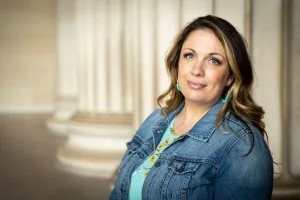The World Cup in Qatar continues to roll along into the semifinals. So far, the premier soccer tournament — and arguably the planet’s biggest sporting event — has showcased skill, drama and even some upsets.
What the tournament has also generated are plenty of different kinds of storylines for news reporters and sports writers to focus on. As is the case with sporting events in general there are lots of storylines connected to religion that have gone unnoticed.
It should come as no surprise that sports writers, and very often their editors back in the newsroom, don’t “get” religion. Go-to websites such as Fox Sports and ESPN, for instance, have failed to cover obvious stories in the past. They’ve also failed to do it in regards to the 2022 World Cup. For starters, think location, location and location. Why? Click here.
There are a few faith storylines — on and off the field — that did get coverage. Some of that coverage was great; some not so great.
An example of a very good piece came via The New York Times. The newspaper found a way to discuss Qatar’s use of migrant workers to build stadiums and other infrastructure projects related to the World Cup in a new way.
The feature, which ran on a Sunday during Advent, looked at Qatar’s only Catholic church, located on the outskirts of the capital city Doha — in an area in which the government sanctions eight houses of worship, from Anglican to Eastern Orthodox. This feature, written by John Branch, is one of the rare times when a sports writer left his or her “comfort zone” and ventured outside the bubble of stadiums and press conferences to cover a story.
Here’s the key section, showing why this story matters:
Qatar is a nation deeply rooted in Islam. Calls to prayer can be heard five times a day throughout Doha. World Cup stadiums have prayer rooms for fans, and some staff at the games will stop what they’re doing to kneel in prayer.










